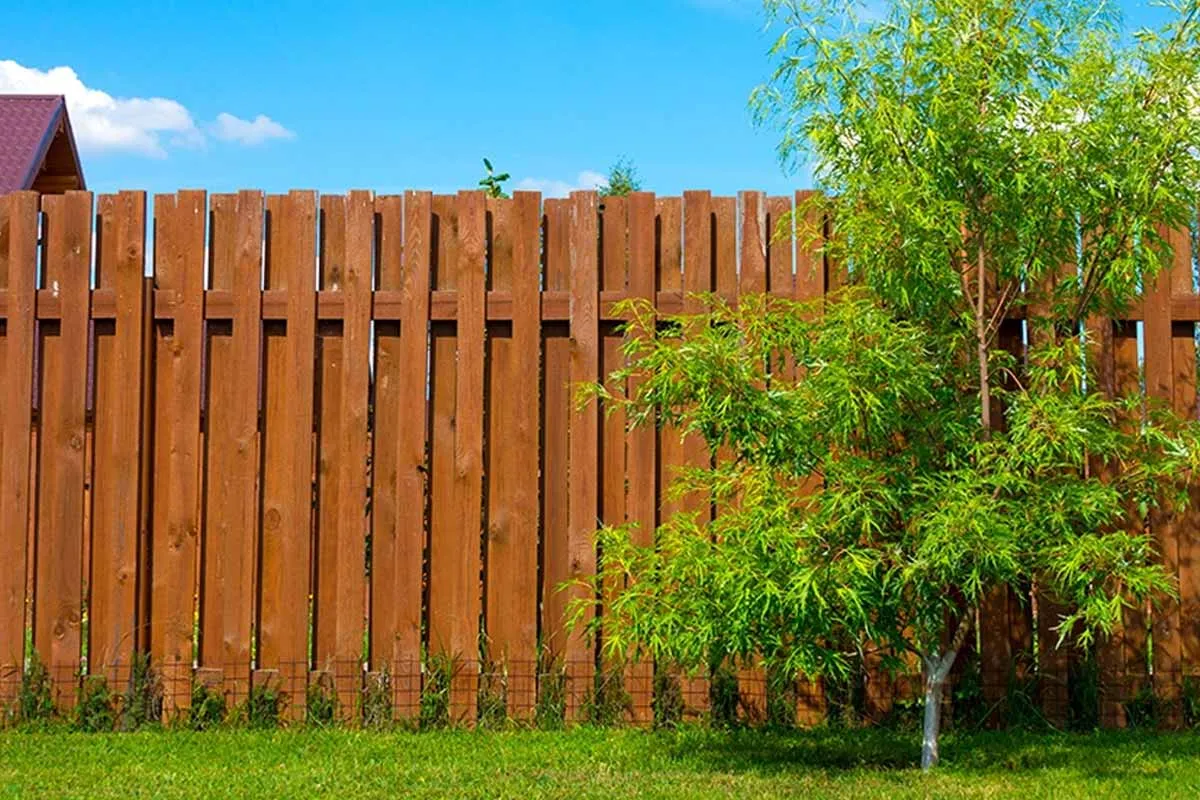Neighbor’s Tree Encroaching on Your Property: This Move Could Cost You Dearly

When it comes to taking care of your property, the trees along your boundary can be a lovely bonus or a potential source of friction. This guide offers some important insights on how to handle tree trimming in a way that keeps the peace and maintains safety.
Understanding Your Rights And Responsibilities
Trimming a neighbor’s tree can be a touchy subject, but in most cases, you’re allowed to cut back any branches that hang over your property line. Just keep in mind that anything drooping over into your yard is usually yours to deal with. That said, steer clear of trespassing—stay on your side of the line unless your neighbor gives you the green light. Always ask permission before setting up ladders on their lawn or sending someone over the fence. When you do trim, only remove the parts that cross into your space; leave the trunk and roots alone on their side so you don’t end up harming the tree.
A proper pruning job is important for keeping the tree healthy. Go for clean cuts—this means cutting just outside the branch collar so that the cut can heal naturally. After you’re done, make sure to bag up and remove all the twigs and debris yourself rather than tossing them back into your neighbor’s yard. And if you need to dig or climb near any utilities, it’s a good idea to give a quick call beforehand to avoid any mishaps.
Checking Out Local Rules
Keep in mind that local codes and Homeowners Association (HOA) rules can vary a lot when it comes to how far tree branches can overhang. If you’re not 100% sure where the boundary lies (since fences can move over time), take extra steps to document it. Also, if cutting back would seriously injure the tree, you might need to check out the local rules because making cuts that could kill a tree is often not allowed.
Dealing with potentially dangerous limbs takes extra care too. Dead or overloaded branches can fall unexpectedly and cause damage. If one ends up crashing on your property, you’re usually on the hook for the cleanup and any damage done. But if it’s pretty obvious that the neighbor’s neglect (like visible decay and repeated warnings) is the real culprit, responsibilities might shift.
Keeping Things Friendly With Neighbors
Good communication is key when navigating these situations. Try to keep the conversation centered on safety and fairness rather than turning it into a heated debate. When you’re trimming away weight from the branches, do it in small pieces to protect the tree’s canopy and steer clear of flush cuts—never top a tree, as that can really hurt its health. It might be a good idea to have these chats in the early evening, when everyone is a bit more relaxed, and start off by thanking them for their cooperation.
If professional help is needed, you might even offer to split the bill and take care of any permits required. And remember, timing matters—bird nesting seasons can limit when tree trimming is allowed, so plan your work around that.
Looking Ahead To Future Growth
When planting new trees or planning future landscaping, think about how big they’ll get to avoid having to trim constantly later on. Plant smaller trees about three or four feet from property boundaries, and give privacy hedges enough room—at least half their mature width away from the line—so they don’t end up causing problems down the road.
When trees sit right on the property line, both neighbors share the care and decision-making. That means working together on maintenance tasks like trimming or even removal, if necessary, which is much easier if you plan ahead during the early stages of planting.
Taking care of shared trees doesn’t have to be a headache. By knowing your rights, following local rules, communicating openly with your neighbors, and planning ahead, you can keep your outdoor space safe and friendly for everyone involved.